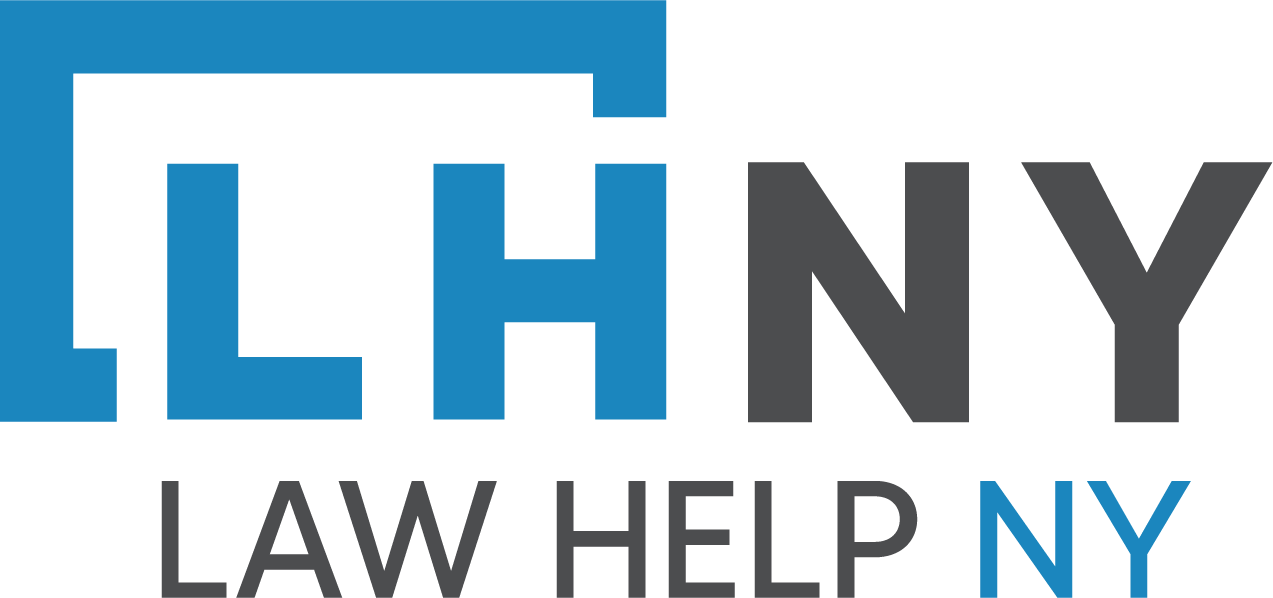Rent-stabilized tenants are now protected from homelessness when facing bankruptcy.
Have you been considering filing for bankruptcy but afraid to do so out of fear of losing your home? This fear was especially well-founded for rent stabilized tenants in NYC when they lived in neighborhoods that were gentrifying.
A new court decision, described below, has put an end to this risk. Beginning in 2011, Bankruptcy trustees—lawyers who oversee bankruptcy cases for the courts--began to use a little-known provision of the Bankruptcy law to take over the leases of people filing a Chapter 7 bankruptcy, as if the trustee were the tenant. The trustees could then offer to give the rent-stabilized lease back to the landlord in exchange for a large payoff which the trustee would then use to pay the tenant’s debts. The payoffs made sense to landlords where the tenant had been living a long time in a neighborhood that was going through gentrification, and rent stabilization had held the rent below what new unregulated tenants would pay. But for debtor-tenants, it meant they would lose their home.
As this practice became more common, debtors were forced to choose between risking the loss of their home or filing the more difficult and financially challenging Chapter 13 bankruptcy, where rent-stabilized leases could not be sold back to the landlord. For a debtor, a Chapter 13 bankruptcy can be very difficult because the debtor has to make monthly payments to their creditors for 3 to 5 years. Chapter 13 bankruptcies have a much lower success rate for a low income person than a Chapter 7 bankruptcy, where the debt is forgiven—usually without any payment by the debtor.
All of that has been changed by the State Court of Appeals' recent decision in Santiago-Monteverde vs. Pereira. That case, decided on November 20, involved a question a Federal Appeals Court had asked New York State's highest court: Are rent-stabilized leases a "public assistance benefit," and therefore, protected from seizure by creditors? The Court of Appeals concluded that it was, and stopped trustees from selling leases back to the landlord. Rent-stabilized tenants no longer need to fear the loss of their apartments if they file a Chapter 7 bankruptcy.
The NYC Bankruptcy Assistance Project played an important role in the high court's decision, writing an amicus "Friend of the Court" brief to the Second Circuit Court of Appeal (the Federal Court) and later, to the State Court of Appeals. This decision will make life much easier for rent-stabilized lease-holders thinking about bankruptcy, and who had no way of knowing whether their apartment would be considered an asset that the trustee would go after.
The year 2011 was important to New Yorkers filing bankruptcy for another reason: that was the year that new State exemption laws went into effect, greatly expanding the property that debtors may protect from creditors--both in bankruptcy and outside of it. As a result, New Yorkers can generally file for Chapter 7 bankruptcy when they need it, without fear of losing their home, their car or their tax refund.
If you would like more information about your options when you have debts you cannot pay, click on the following links:
If you live in New York City, Westchester or Buffalo, contact the CLARO Program in your borough or county. Go to: http://www.lawhelpny.org/consumer
You can also go to: www.LawHelpNY.org and search for legal assistance and know your rights resources by selecting either Consumer Debt or Bankruptcy in the Consumer topic area.
Blog post provided by:
William Z. Kransdorf
Director, NYC Bankruptcy Assistance Project,
Legal Services NYC
Tel/Fax: 646-442-3630

